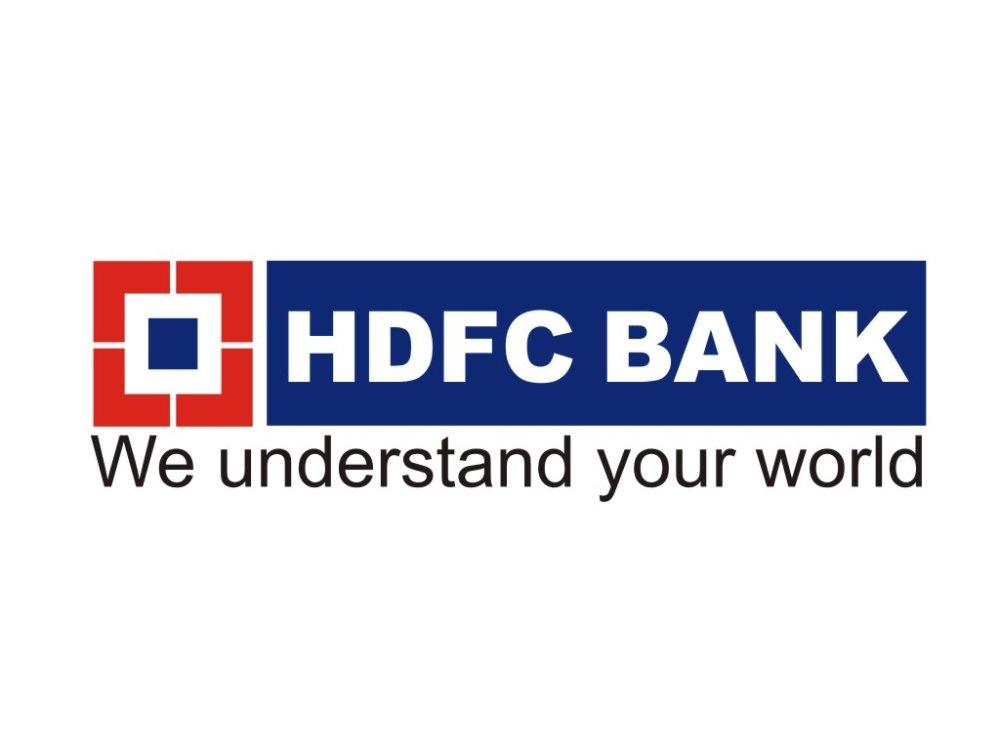 HDFC Bank Market cap[/caption]
HDFC Bank Market cap[/caption]HDFC Bank has once again proven its mettle as India’s largest private lender by achieving a historic milestone. On Thursday, November 28, 2024, the bank’s market capitalisation crossed the ₹14 lakh crore mark for the very first time, driven by a surge in its stock price, which touched an all-time high of ₹1,836.05. This achievement not only cements HDFC Bank's position among the most valuable companies in India but also reflects its robust growth trajectory.
In this article, we’ll explore the key factors driving this remarkable feat, analyze its financial performance, and provide insights into its market trends.
HDFC Bank Market Cap Hits ₹14 Lakh Crore Milestone
The market capitalisation of HDFC Bank reached ₹14.01 lakh crore on November 28, marking a significant breakthrough. However, it briefly dipped below this level due to profit-booking in the broader markets.
How Does HDFC Bank Rank Among India’s Top Companies?
HDFC Bank now stands as the third most-valuable listed entity in India. It trails only behind:
- Reliance Industries (RIL): Market cap of ₹17.50 lakh crore.
- Tata Consultancy Services (TCS): Market cap of ₹15.60 lakh crore.
This places HDFC Bank in a league of its own as the only private bank to join this exclusive club of financial giants.
Stock Price Performance: A Closer Look
At 10:51 AM on the same day, HDFC Bank’s share price stood at ₹1,809.15, reflecting a marginal dip of 0.10% from its previous close of ₹1,811. Earlier, it had hit a fresh record high of ₹1,836.05 following a 1.4% intraday gain.
What’s Driving the Recent Surge in HDFC Bank’s Stock?
- MSCI Rebalancing: HDFC Bank’s weightage in the MSCI Emerging Markets Index increased, attracting approximately $1.9 billion in foreign institutional investor (FII) inflows.
- Market Sentiment: The broader optimism in Indian equities added to the upward momentum.
Over the past week, the stock has rallied nearly 5%, reflecting strong investor confidence.
Financial Snapshot: Stellar Q2 Performance
Net Profit Growth
In the second quarter of FY25, HDFC Bank reported a standalone net profit of ₹16,821 crore, up 5.3% from ₹15,976 crore in the same quarter last fiscal.
Net Interest Income (NII)
- Current Quarter: ₹30,110 crore, a 10% increase from ₹27,390 crore last year.
- Core Net Interest Margin (NIM): 3.46% on total assets, showcasing consistent profitability.
Interest Income
The bank’s total interest income rose to ₹74,017 crore in Q2 FY25, a significant jump from ₹67,698 crore during the same period last year.
HDFC Bank Market Cap and MSCI Index: A Game-Changer
Why Is the MSCI Rebalancing Important?
The MSCI Emerging Markets Index rebalancing, effective November 25, increased HDFC Bank’s weightage. Analysts estimate that this move could channel up to $2.5 billion into Indian equities, with HDFC Bank receiving the lion’s share.
Year-to-Date Stock Performance
Short-Term Gains
- One-Month Growth: The stock has climbed 4.8%.
- Year-to-Date Growth: A 6% increase reflects consistent investor trust.
Long-Term Growth
Over the past year, HDFC Bank’s stock has surged by 18%, underscoring its resilience and long-term growth potential.
Industry Context: Where Does HDFC Bank Stand?
Comparison with Peers
While HDFC Bank is the largest private lender, it faces competition from public-sector banks and other private players. However, its financial strength and strategic market positioning keep it ahead.
Global Relevance
As one of the leading banks in emerging markets, HDFC Bank is now a magnet for international investors seeking exposure to the Indian growth story.
HDFC Bank Market Cap Crosses ₹14 Lakh Crore for the First Time as Stock Hits Fresh High
This milestone is a testament to HDFC Bank’s unparalleled market presence and financial robustness. Achieving this level of market capitalisation places the bank in an elite group, reflecting its dominance in India’s banking sector.
FAQs
1. What is HDFC Bank's current market cap?
As of November 28, HDFC Bank’s market capitalisation stands at approximately ₹14 lakh crore.
2. Why did HDFC Bank's stock price surge recently?
The recent surge was driven by the MSCI Emerging Markets Index rebalancing and positive market sentiment.
3. How does HDFC Bank compare to other Indian companies?
HDFC Bank is India’s third most-valuable listed company, behind Reliance Industries and Tata Consultancy Services.
4. What are the key financial metrics for HDFC Bank?
In Q2 FY25, HDFC Bank reported a net profit of ₹16,821 crore, net interest income of ₹30,110 crore, and interest income of ₹74,017 crore.
5. What is the significance of MSCI rebalancing for HDFC Bank?
The rebalancing increased HDFC Bank’s weightage, leading to an influx of $1.9 billion in foreign investments.
6. Is HDFC Bank a good long-term investment?
With consistent financial growth and a robust market position, HDFC Bank is considered a strong long-term investment.
Conclusion
HDFC Bank’s achievement of a ₹14 lakh crore market cap milestone is more than just a number; it is a reflection of its strength, resilience, and growth potential. With a robust financial framework, strategic positioning, and increasing investor confidence, HDFC Bank continues to set benchmarks in India’s financial sector.
Stay tuned as this banking giant gears up for more milestones in its journey toward global dominance.



 Easy & quick
Easy & quick
Leave A Comment?